Terrence Stanly Fox was born in Winnipeg, Manitoba on July 28, 1981 into a hard working, blue-collar railway family. As a child, Fox was naturally athletic, he excelled in community soccer, rugby, and baseball; movement was his passion. In March of 1977, at age 19, Terry was diagnosed with osteosarcoma, a vicious variety of cancer. The disease presented itself in Fox’s right knee. Terry’s physicians feared his illness would spread to his torso, and as a preventative measure, his medical team opted to amputate his leg – Terry complied. In spite of the amputation and numerous chemotherapy sessions, the osteosarcoma arose again. Terry had been given a 50% chance of survival, a coin toss at life. Despite this, Fox remained optimistic. Having heard that the rate of survival in osteosarcoma patients had escalated 35% in only two years, he was confident that life-saving progress could be made in the field of oncology.
Then Terry did something extraordinary. He carefully planned and trained to span the country, by foot, in an effort to inspire those effected by his disease, and raise funds in support of the push for the cure. Many doubted him. Initially, much of his family discounted his intense drive, believing the completion of such a feat was impossible. Regardless, Terry’s dream came to fruition. On April 12th, 1980, Terry stood on Newfoundland’s rocky shores and doused his good leg in Atlantic sea. He collected two bottles of seawater, one that he would keep as a souvenir, and the other that he would empty into the Pacific Ocean upon completing his journey. The Marathon of Hope began. Terry ran the equivalent of one conventional marathon each day, enduring extreme agony and both psychological and physical exertion. His journey gained momentum across Canada, supporters would run alongside Fox as he passed through their town, and his story would be heard on every local radio station daily, countrywide. Sadly, the Marathon of Home would conclude far from its intended destination, in Thunder Bay, Ontario. The osteosarcoma had reached Terry’s lungs. 19 months later, and without hope of emptying his bottle, Terry dies. The nation was shattered.
Each year, millions of people across 60 nations participate in an annual Terry Fox Run. School children and other supporters pick up their feet in celebration and memory of the Marathon of Hope, cancer victims, and cancer survivors. Donations are collected at schools, by supporters who travel door to door, or via post. Since Terry’s passing, the event has raised over $500 million towards cancer research.
On the 27th of September, students and faculty of St. George’s arrived at school not in their typical dress, but in athletic gear. Hundreds of stretching student and faculty members littered the field. Mr. Mortimer’s massive voice was heard across the campus, “GO,” and the runners were off. Participants were given the option between a recreational 2km path, or a more competitive 4km route. Either way, all who were physically-able participated. “We all know someone effected by cancer, and the run is a pretty nice way to remember those people,” said one grade 11 student. Last year, the senior school raised $10,009, and the junior school $14,350, for a grand total of $24,440. This year, both schools hope to beat their prior totals.
Terry Fox did something few would even aspire to do. He has made a remarkable contribution to cancer research, to Canada, and to humankind. As Terry so eloquently explained the motive of his action, “Somewhere, the hurting must stop.”



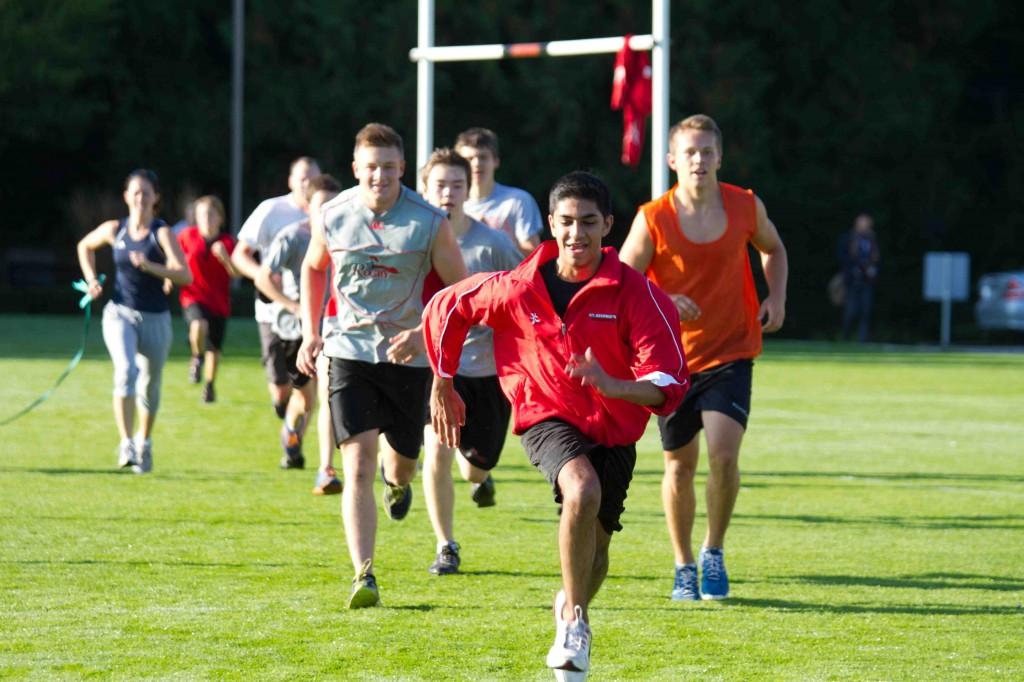


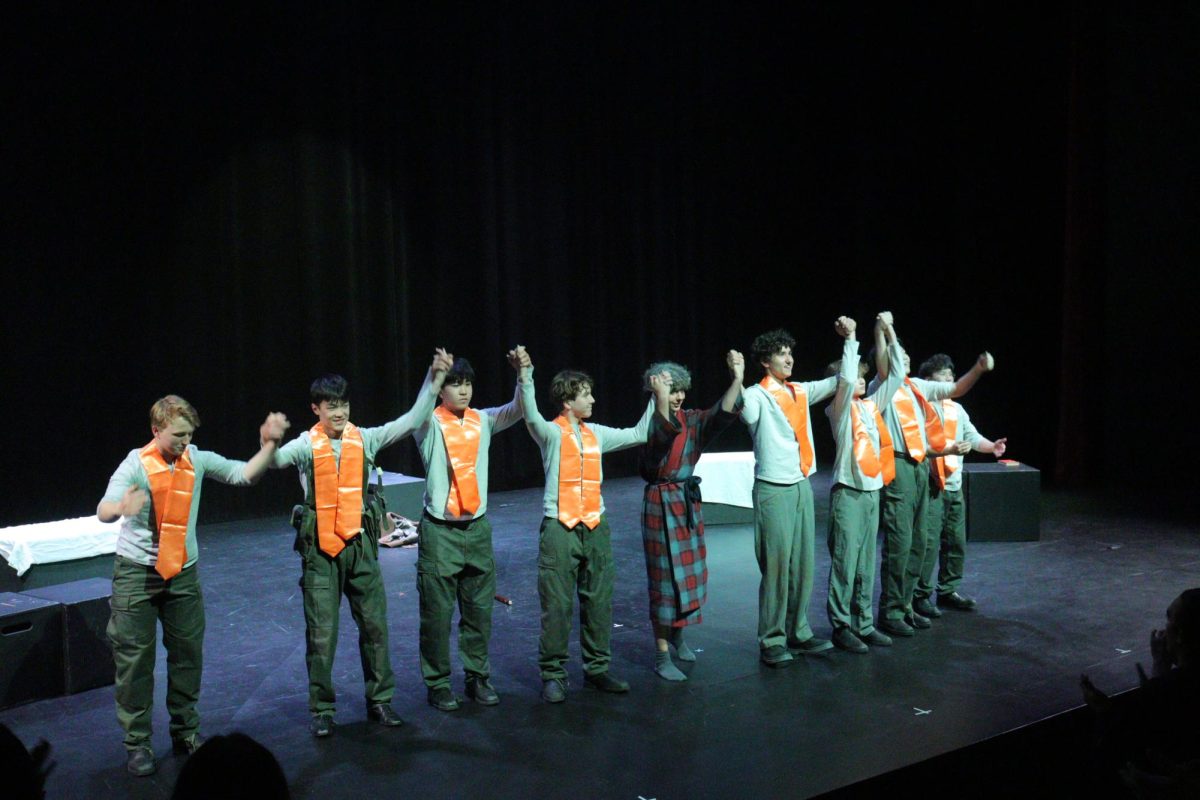


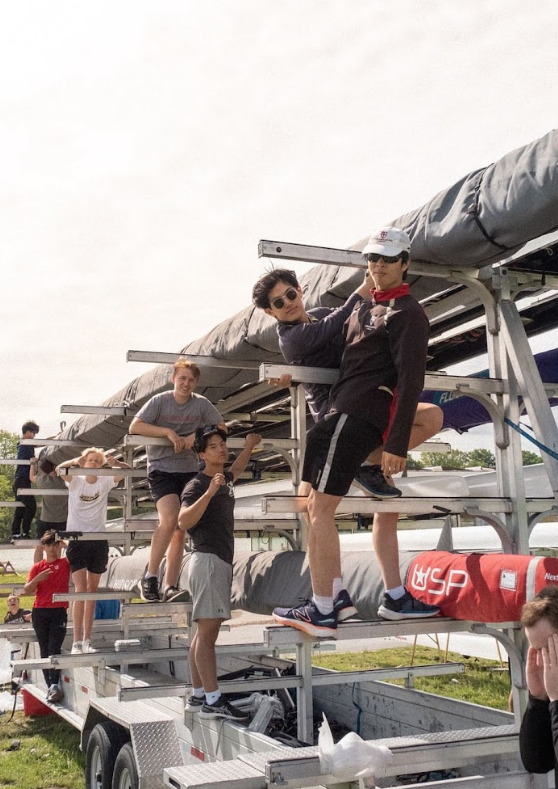




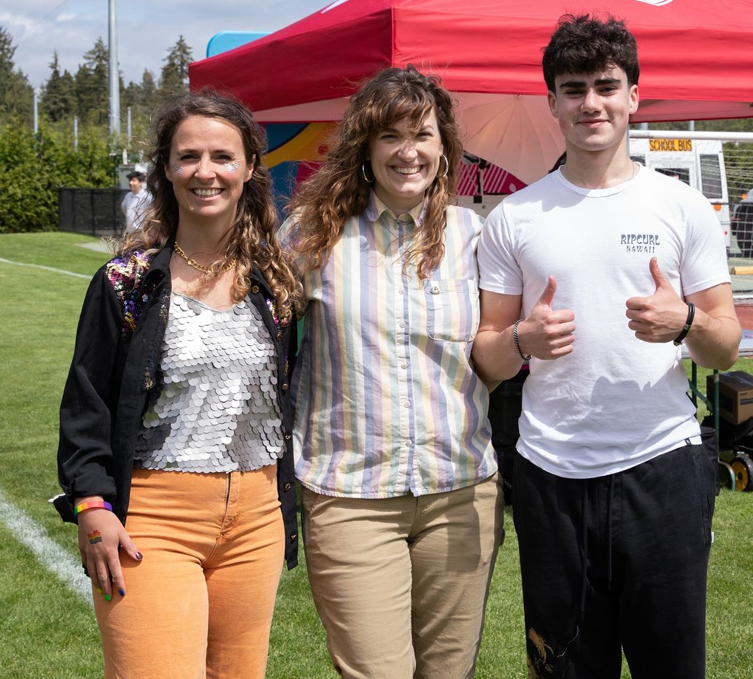
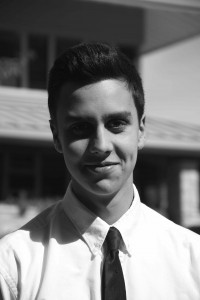
mloh • Oct 2, 2012 at 11:44 am
Why does the Junior School raise more money than the Senior School?
msgin • Sep 28, 2012 at 3:43 pm
It’s great to see the school come together as a community for such an important cause.